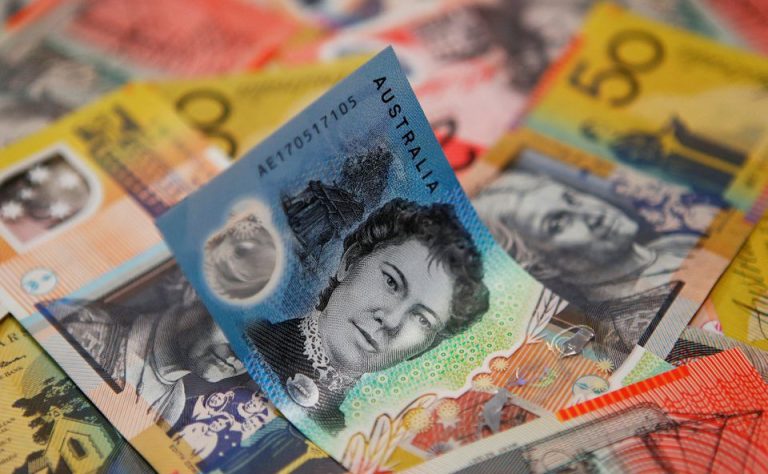
SYDNEY, (Reuters) – Australia’s sovereign wealth fund posted a small annual loss on Wednesday as soaring inflation sent stocks and bond yields tumbling, but said its diversified investment strategy had shielded it from the full brunt of the downturn.
The Future Fund, which was set up in 2006 to cover escalating pension liabilities for public servants, said it made a negative return of 1.2% in the year to end-June, compared to a decline of more than 10% in global equities and bonds.It also noted that it returned 22.2% the year before, amid ultra-low interest rates and rallying investment markets, meaning its 10-year target of returning an average of 6.6% a year was relatively unaffected.
“Not unexpectedly we now have significant global and domestic inflation,” said fund Chairman Peter Costello, a former Australian treasurer.
“It is likely that further interest rate rises will be needed to achieve … inflation objectives. We expect deglobalisation, geopolitical tensions, trade barriers and high inflation to be a feature of the investment climate going forward,” Costello added in a statement.After reporting in early 2022 that it had surpassed A$200 billion ($137 billion) under management, the Future Fund said it now has A$194 billion. A year ago, it managed A$197 billion.
Fund CEO Raphael Arndt said the organisation had benefited from a project to adjust its portfolio for an environment of higher inflation, increased volatility and lower returns.
Since a year ago, the fund said it upped its exposure to “alternatives” to 17.8% of total funds under management, from 13.2%, without specifying what it meant by alternatives. It said it cut its equity exposure to developed markets to 15% from 18.2% and cut its equity exposure to emerging markets to 5.4% from 9.1%.In February the fund said it was winding down a small exposure to Russian-listed companies in response to Russia’s invasion of Ukraine.






